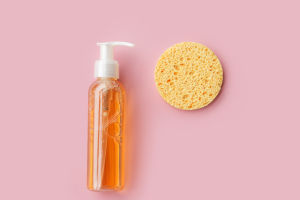Now, many people like to grow flowers in water to enhance the taste of life. In the process of taking care of flowers, many negative emotions will be swept away. If you want to take good care of flowers , you can refer to the following methods.
1. Deep water first aid
When the flowers are hanging down, you can cut off a small part of the end of the flower branch, and then put it in a container full of cold water, leaving only the flower head exposed on the water surface, after 1-2 hours, the flower branch will wake up. This method is applicable to both herbs and woody flowers.
2.Use the preservative method
To add an appropriate amount of fresh flower preservative to the flower arrangement container, which can prolong the flowering period. In addition, use 1/3,000 of the aspirin aqueous solution or 1/2,000 of the potassium permanganate aqueous solution to insert the iris , can prolong the flowering period for 3 to 5 days; adding appropriate amount of boric acid, sulfur, carbolic acid, salicylic acid, salt, vitamins, etc. in the water can prolong the flowering period.
3. Enlarging the incision method
Cut the base of the flower branch obliquely, or cut the base into 2 to 4 parts, embed small stones to open the crack, expand the water absorption surface, and prolong the flowering period.
4. Water cutting method
To prolong the fresh-keeping period of flowers, a simple water cutting method can be used. The moment the plant incision comes into contact with the air, the plant conduit will run into the air, causing an embolism in the conduit for water circulation and shortening the flowering period. When pruning, put the flower branch into the water to make an incision to avoid air entering the duct. This method is suitable for gladiolus, anthurium, oncidium, platycodon, and sunflower.
5. Backwater method
The flower branches are immersed in the water downward, cut in the water, and the water is forced into the conduit by gravity, and the flowers are allowed to absorb water from the stomata on the leaf surface. Roses, Campanulaceae, and sunflowers can use this method.


